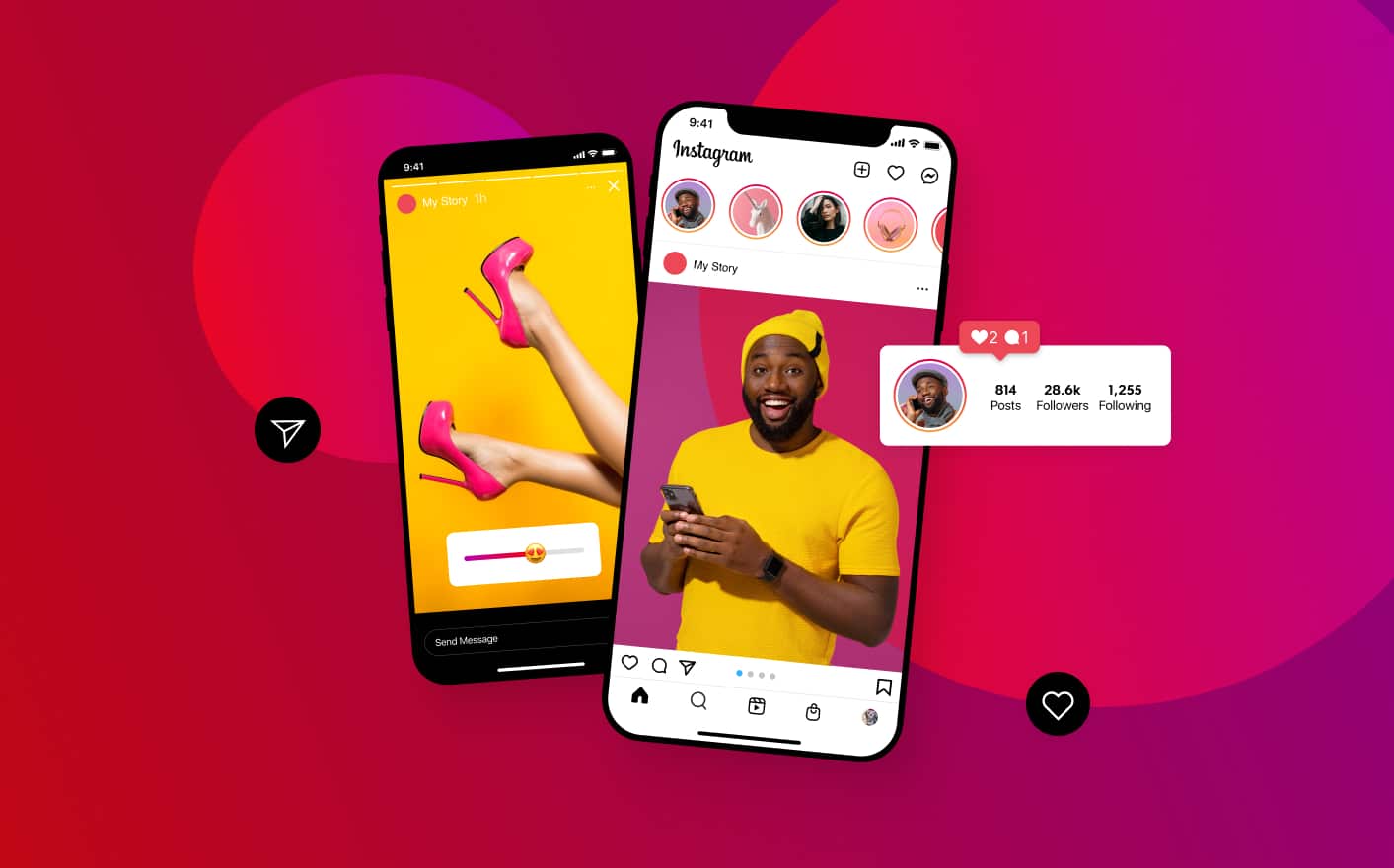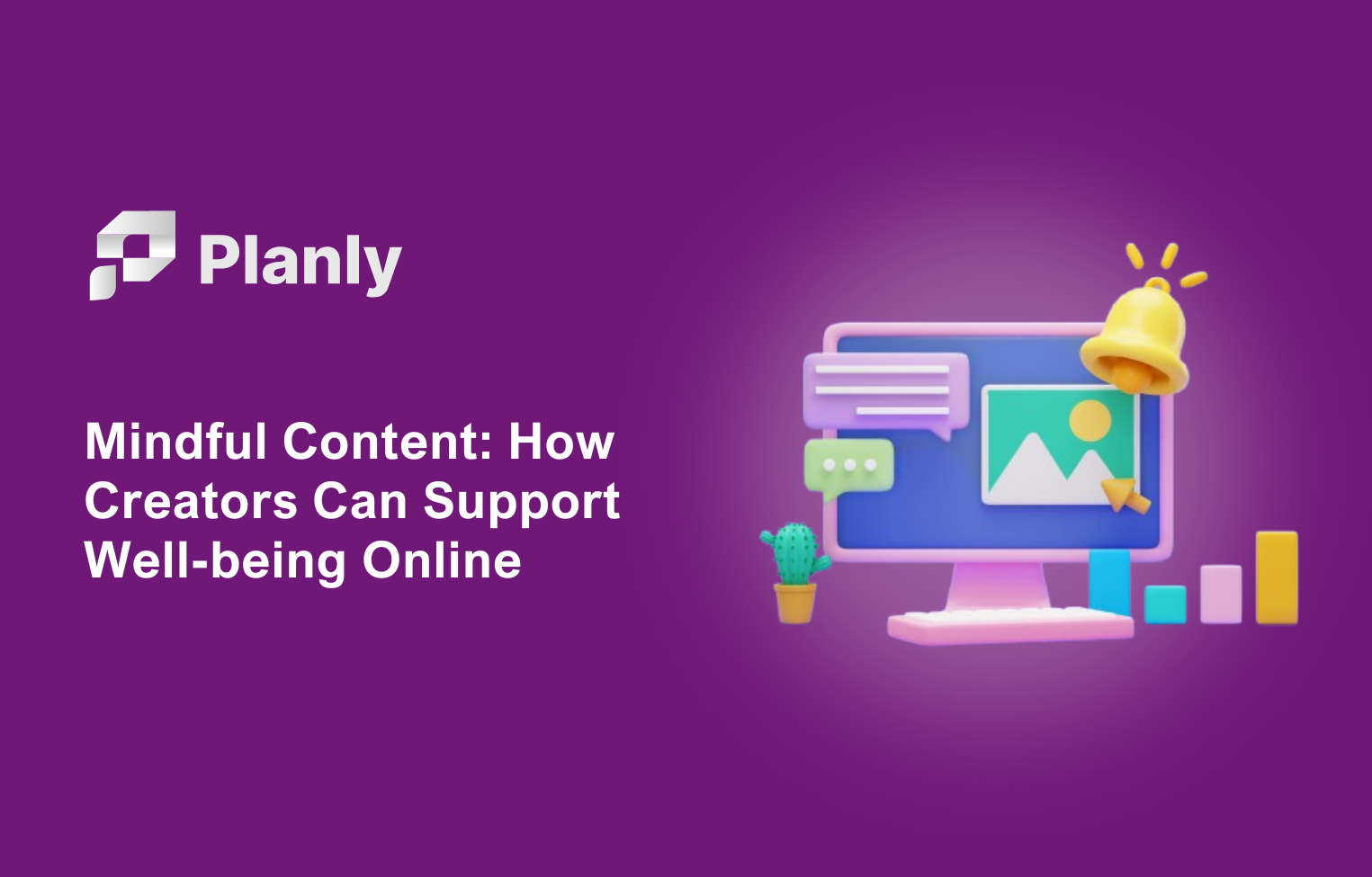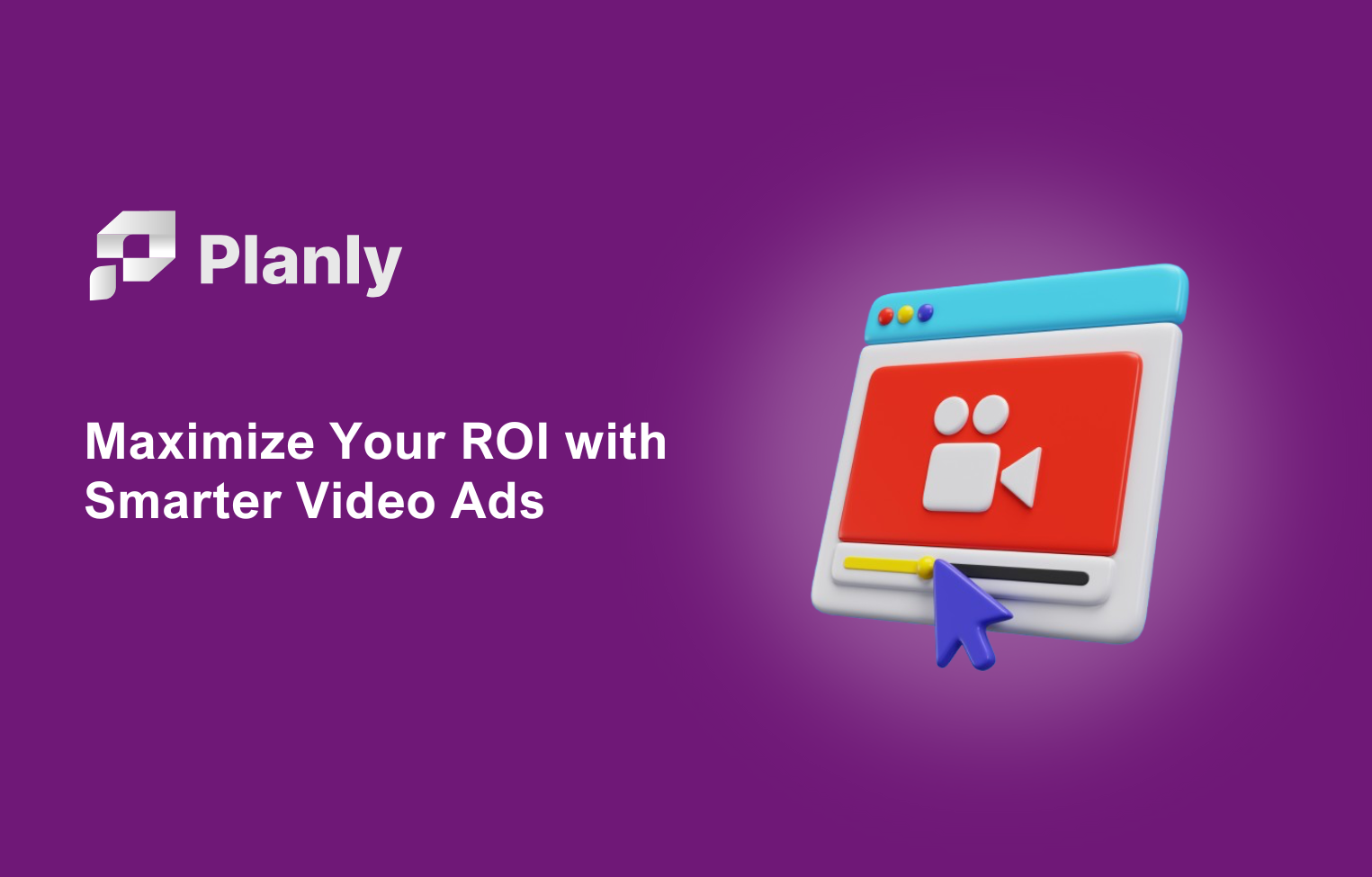In this digital age, visual content has become a powerful tool for businesses to engage with their target audience. Instagram, one of the most popular social media platforms, has introduced a feature called Instagram Stories, which allows users and brands to share temporary images and videos that disappear after 24 hours. With the growing popularity of Instagram Stories, it has become critical for businesses to measure the performance and optimize their content strategy. In this article, we will explore Instagram Stories analytics, the key metrics to look out for, and how to leverage this information to improve your marketing efforts.
Understanding Instagram Stories Analytics:

Instagram Stories analytics provides valuable insights into the performance of your content. By quantifying the impact of your Stories, you can identify what works best for your target audience and adapt your strategy accordingly. Let's review some essential aspects of Instagram Stories analytics:
A. Impressions:
Impressions refer to the number of times your Stories have been viewed. This metric helps you understand the reach of your content and indicates how many unique users have come across your Stories, even if they have chosen not to engage. Tracking impressions over time can highlight trends and identify opportunities to maximize your content's visibility.
B. Reach:
While impressions measure the total number of views, reach identifies the unique users who have seen your Stories. Reach gives you an idea of how effectively your content is reaching your target audience. By comparing reach with your overall follower count, you can evaluate the success of your content in terms of audience engagement.
C. Taps Forward and Back:
Taps forward and back indicate the number of times users tap to either skip to the next Story or go back to the previous one. Monitoring this metric helps you understand the effectiveness of your storytelling and whether your content is engaging enough to keep your audience's attention. Analyzing the pattern of taps can guide you in creating more captivating Stories.
D. Replies:
Replies indicate the number of direct messages received in response to a Story. By encouraging your audience to engage through replies, you can foster deeper connections and gain valuable feedback. Analyzing the content that triggers the most replies can help you identify your audience's interests and preferences.
E. Completion Rate:
The completion rate metric shows the percentage of users who watched your entire Story. A higher completion rate indicates that your content is compelling and keeps the audience engaged till the end. By identifying the drop-off points, you can make improvements to ensure that your Stories are captivating and retain viewers until the final frame.
Leveraging Instagram Stories Analytics for Optimization:
Understanding the key metrics of Instagram Stories analytics is crucial, but leveraging this data to optimize your content strategy is where the real value lies. Let's dive into some effective tactics that will help you make the most of your insights:
A. Identify Top-performing Stories:
By analyzing the metrics mentioned above, you can identify your top-performing Stories. These are the ones that receive the highest impressions, reach, and completion rates. Take note of the content, theme, and storytelling techniques that make these Stories successful. Use these insights to replicate and refine the elements that resonate with your audience in future Stories.
B. Experiment with Content Formats:
Instagram Stories offers a variety of content formats to keep your audience engaged, including images, videos, Boomerang, and polls. By experimenting with different formats, you can determine which ones generate the most engagement. Mix up your content strategy, include interactive elements, and track the metrics to identify the formats that drive the highest performance.
C. Optimize Posting Times:
Analyzing the performance of your Stories at different times of the day can help you identify the optimal posting windows. Determine when your audience is most active and likely to engage with your Stories. By scheduling your content during these peak hours, you can maximize reach, impressions, and engagement. Test different posting times to identify the windows that yield the best results for your brand.
D. Engage and Respond to Replies:
Direct messages or replies to your Stories indicate that your content has resonated with your audience. Take the time to engage and respond to these messages, as it will show your audience that you value their feedback and strengthen the connection with your brand. Personalized engagement can lead to loyal followers and potential customers.
E. Collaborate with Influencers:
Influencer collaborations can amplify your reach and enhance your brand's visibility. When working with influencers to create Instagram Stories, make sure to track the performance metrics associated with these collaborations. Analyzing the impact of influencer-generated content will help you measure the success of your partnerships and refine your influencer marketing strategy.
Best Practices for Optimizing Instagram Stories:

To further enhance the performance of your Instagram Stories, consider the following best practices:
A. Consistency is Key:
Maintain a consistent frequency in posting Stories to keep your brand top of mind for your audience. By establishing a routine, you can build anticipation and encourage regular engagement. However, avoid excessive posting, as it may lead to viewer fatigue and decrease engagement rates.
B. Incorporate Call-to-Actions:
Include clear and compelling call-to-actions (CTAs) in your Stories to encourage your audience to take the desired action, such as visiting your website, making a purchase, or subscribing to your newsletter. Use interactive stickers, swipe-up links, and engaging visuals to drive conversions and track the performance of your CTAs.
C. Test and Iterate:
Never be afraid to experiment and test new approaches with your Instagram Stories. Continuously analyze the performance metrics to understand what resonates with your audience and adapt your content strategy accordingly. Regularly testing new content formats, themes, and storytelling techniques will help you stay ahead of the curve and keep your audience engaged.
D. Incorporate Relevant Hashtags:
Including relevant hashtags in your Stories helps increase discoverability and reach a wider audience. Research popular and trending hashtags within your niche and strategically incorporate them into your content. However, ensure that the hashtags are relevant to your brand and story to attract genuine engagement.
E. Collaborate with Other Brands:
Partnering with complementary brands for cross-promotion can expand your reach and attract new followers. Explore opportunities for mutually beneficial collaborations that align with your brand values and target audience. By featuring each other's Stories, you can tap into each other's followers and enhance brand visibility.
Conclusion
Instagram Stories analytics offer invaluable insights into your content's performance, helping you measure the success of your strategy and optimize future efforts. By tracking metrics such as impressions, reach, taps forward and back, replies, and completion rate, you can gain a comprehensive understanding of how your Stories impact your audience. Leveraging this data to identify top-performing Stories, experiment with content formats, optimize posting times, and engage with your audience will help you continually improve your Instagram Stories strategy. By following best practices and incorporating relevant hashtags, call-to-actions, and collaborations, you can achieve higher engagement, increased reach, and drive results for your brand on Instagram. Embrace the power of Instagram Stories analytics and watch your content flourish on this popular platform.









